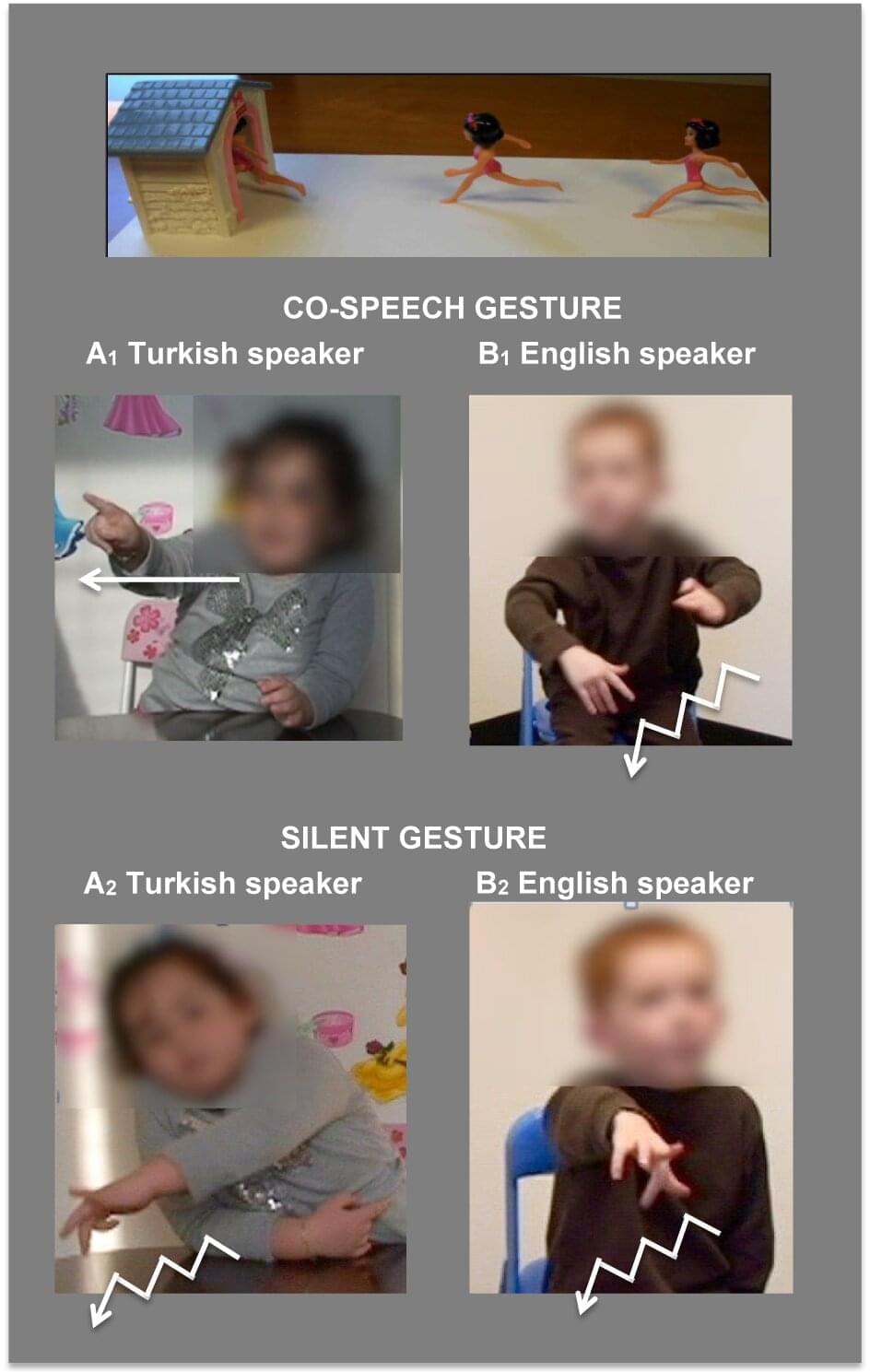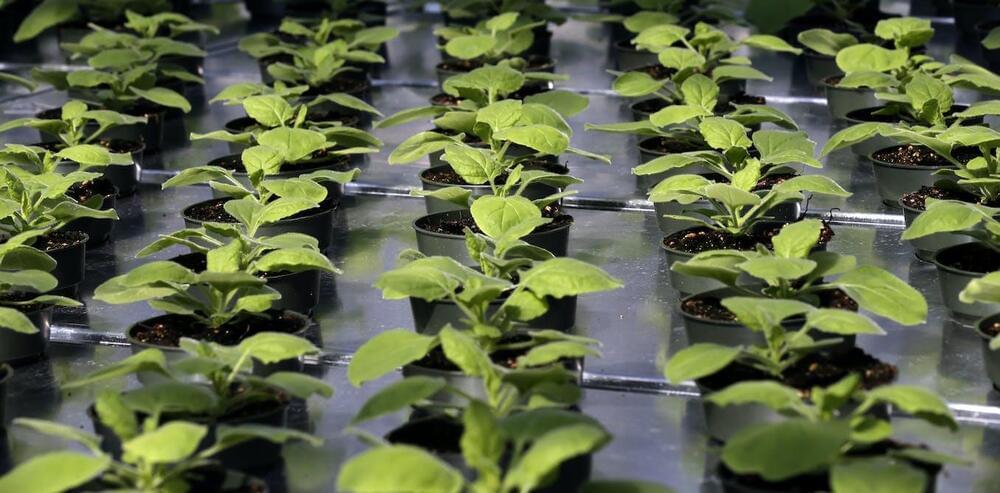Let’s face it: on a scorching hot day, the sweet hum of an air conditioner feels like a lifeline. But what if that lifeline is actually tying us into a knot of environmental woes?
It turns out, our reliance on air conditioning is heating up the planet just as much as it’s cooling our homes.
Enter a team of ingenious researchers from MIT with a revolutionary idea: aerogel. This isn’t just another tech buzzword; it’s a potential game-changer in our fight against climate change.






